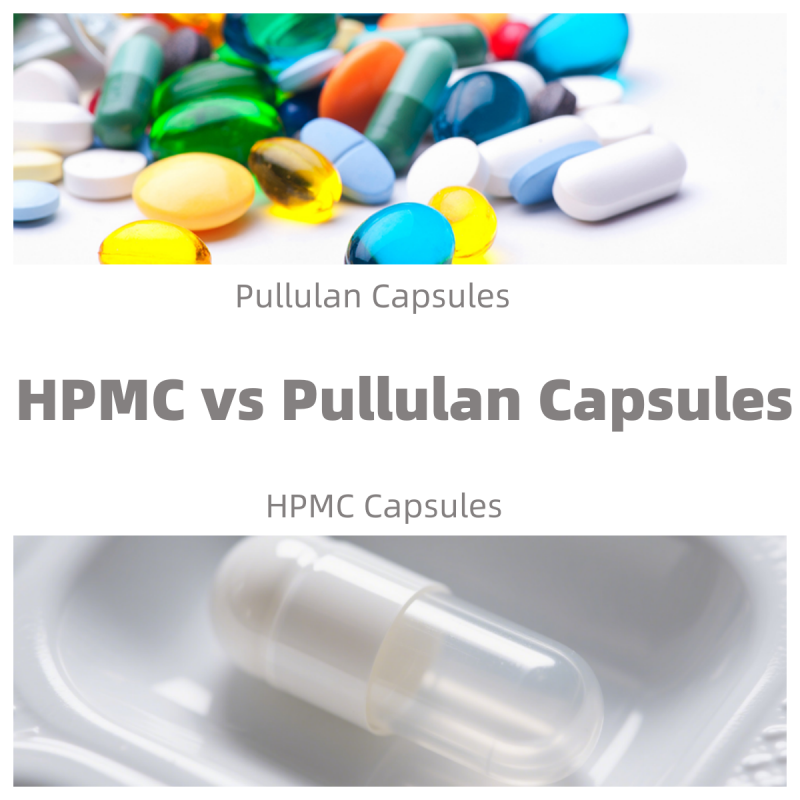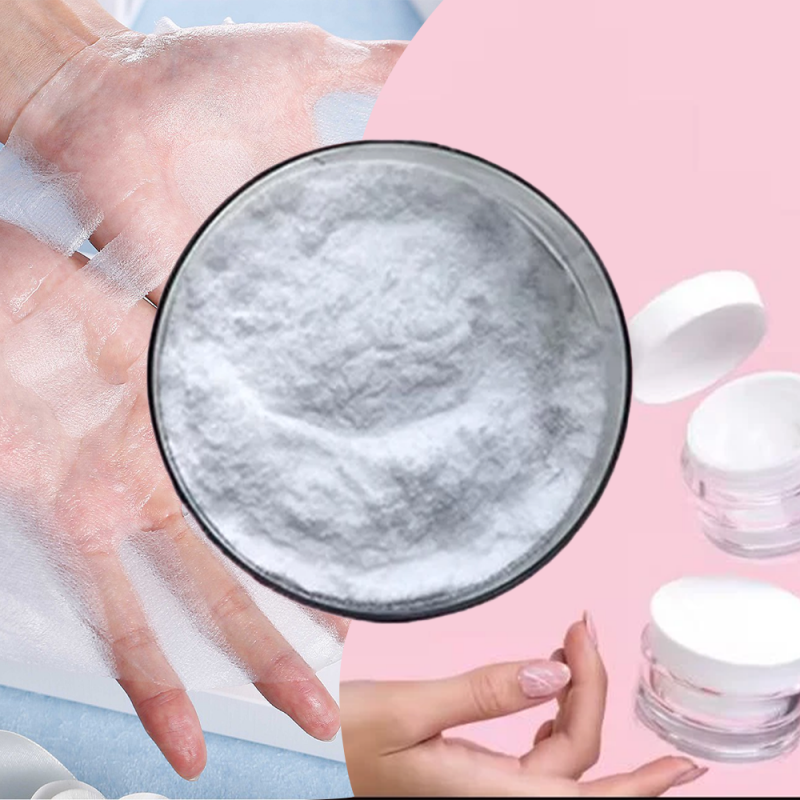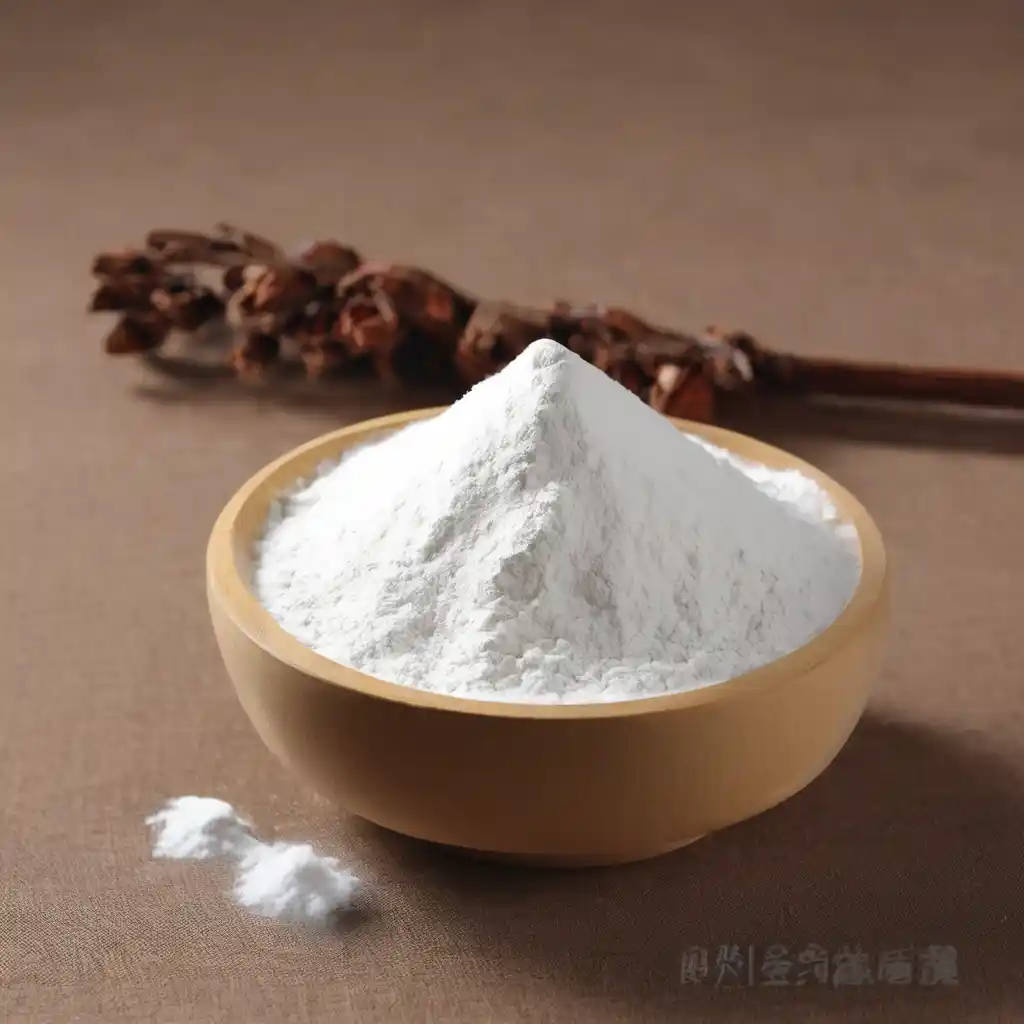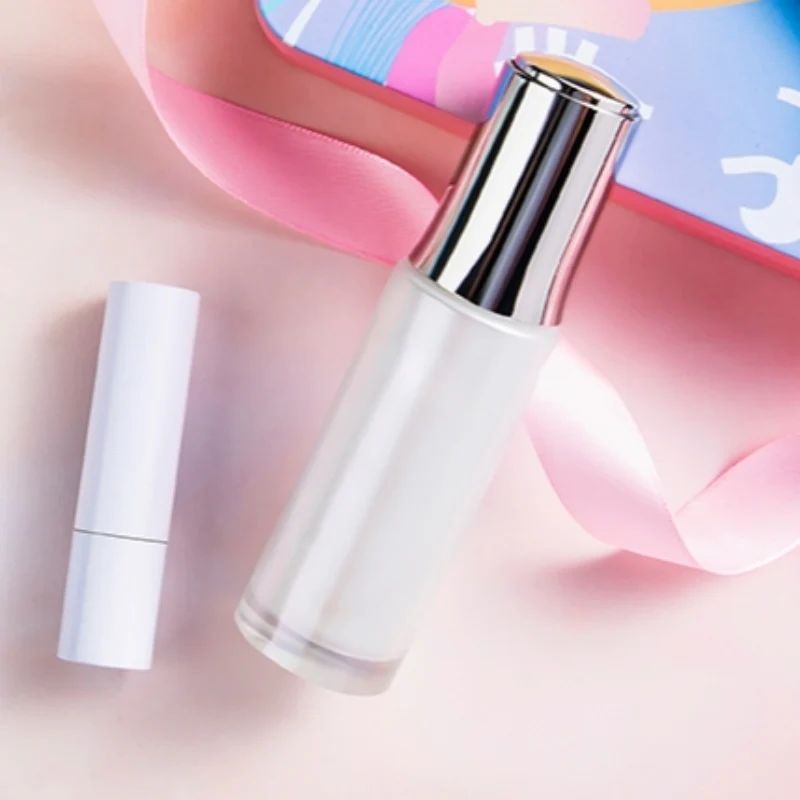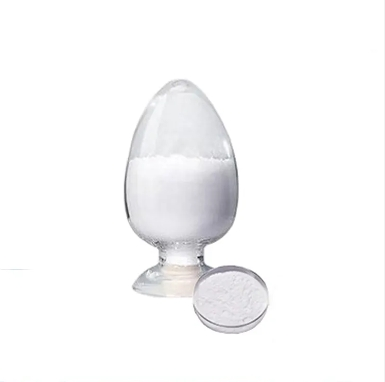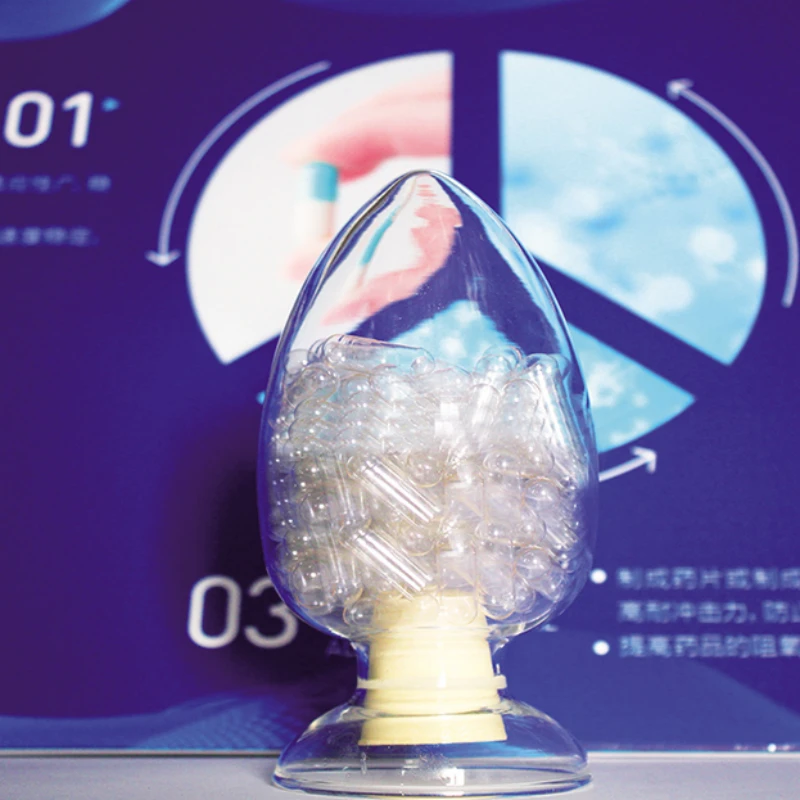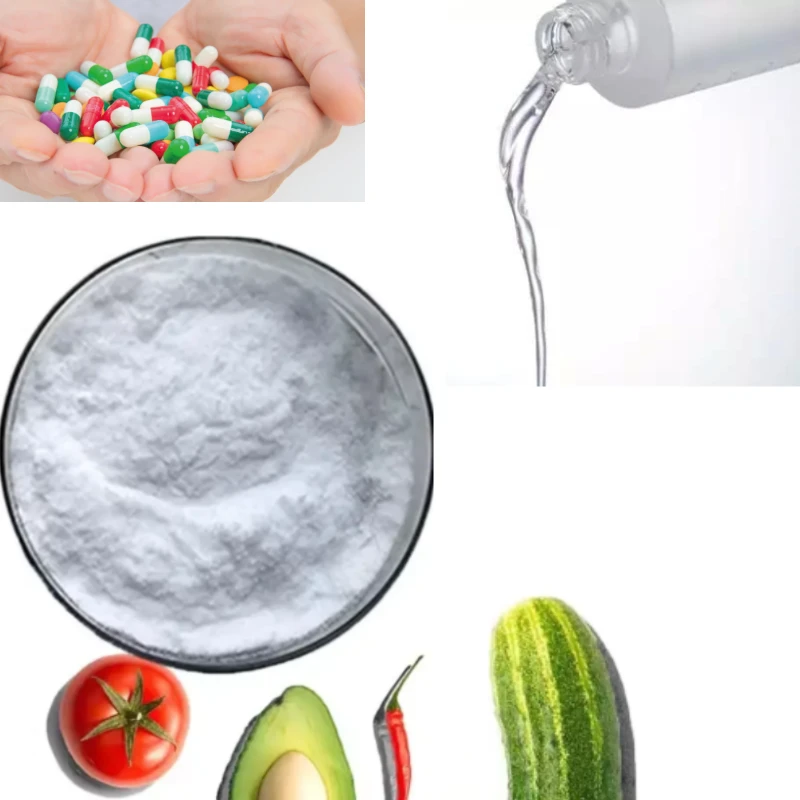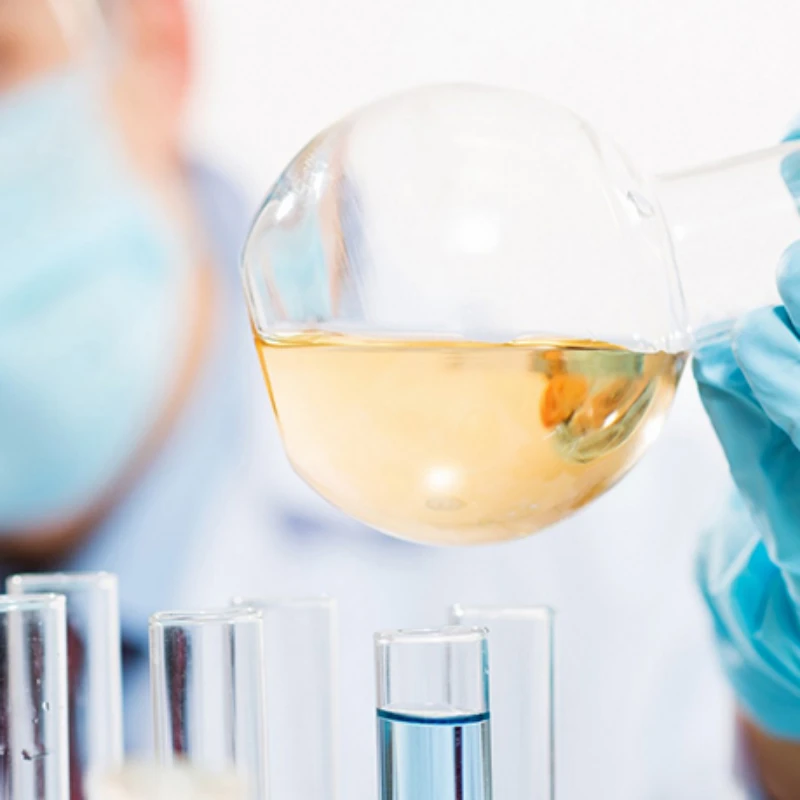In the ever-evolving world of nutraceuticals and pharmaceuticals, choosing the right capsule material is not a mere formality—it is a strategic decision that could influence product quality, consumer trust, and regulatory compliance. Among the leading options for plant-based capsules today, Hydroxypropyl Methylcellulose (HPMC) and Pullulan stand out. But how do they really compare? And more importantly, which one aligns best with the needs of consumers and the ambitions of manufacturers?
This article dives deep into the HPMC vs Pullulan capsules debate, leveraging scientific data, real-world use cases, and manufacturing considerations—with special insights into the premium-grade pullulan capsules manufactured by Shandong Mimei Biotechnology Co., Ltd., one of China's foremost players in the field.
What Are HPMC and Pullulan Capsules?
At a glance, both HPMC and pullulan capsules serve the same primary function: encapsulating powdered or liquid supplements and pharmaceutical ingredients. But their composition and manufacturing process differ significantly.
HPMC Capsules are derived from cellulose, specifically the etherification of wood pulp. Their structural stability, moisture resistance, and relatively lower cost have made them the go-to option for many mainstream brands.
Pullulan Capsules, on the other hand, are produced by fermenting starch with the fungus Aureobasidium pullulans. They are renowned for being 100% natural, non-GMO, biodegradable, and having superior oxygen barrier properties.
| Attribute | HPMC Capsules | Pullulan Capsules |
|---|---|---|
| Source | Cellulose from wood pulp | Fermented polysaccharide from starch |
| Vegan | Yes | Yes |
| Transparency | Slightly opaque | Crystal-clear |
| Oxygen Barrier | Moderate | Excellent |
| Allergen-Free | Yes | Yes |
| GMO-Free | Often | Always |
| Price | Lower | Slightly higher |
Functional Characteristics & Performance
When it comes to performance, the debate becomes more nuanced. HPMC capsules are known for their resilience under varying humidity levels, making them particularly suitable for hygroscopic ingredients. However, pullulan capsules shine in areas where oxidation poses a challenge, such as probiotics, essential oils, and sensitive plant extracts.
Pullulan’s extremely low oxygen permeability (≤0.01 cc/m2/day) means it forms an almost hermetic seal around the capsule content. According to a 2021 study published in the Journal of Food Protection, products encapsulated in pullulan showed 50% less degradation over 12 months when compared to HPMC capsules.
| Performance Metric | HPMC Capsules | Pullulan Capsules |
| Oxygen Permeability | 0.2 cc/m2/day | ≤0.01 cc/m2/day |
| Disintegration Time | 5-20 minutes | 5-10 minutes |
| Moisture Sensitivity | Moderate | Low |
| Shelf Life Enhancement | Moderate | High |
Regulatory and Consumer Acceptance
From an ethical and religious standpoint, both capsule types meet vegetarian and vegan standards, and can be Halal and Kosher certified. However, pullulan holds a slight edge due to its "clean-label" image, being naturally fermented without chemical modification.
Interestingly, consumer perception also plays a vital role. A 2022 consumer insights report by NutraIngredients found that 42% of health-conscious buyers preferred "fermented natural sources" over "plant-derived chemical modifications," giving pullulan a stronger market resonance.
Manufacturing Considerations: A Producer’s Dilemma
For supplement and pharmaceutical companies, the choice often boils down to processing compatibility and cost-efficiency.
HPMC capsules perform well under high-speed filling machines and offer a wide range of stability for temperature and humidity variations. Pullulan, while requiring slightly more care in handling, offers superior sealing properties and is more inert, reducing unwanted interactions with sensitive compounds.
Shandong Mimei Biotechnology Co., Ltd. stands at the frontier of pullulan innovation, operating five state-of-the-art production lines with an annual capacity of:
3,000 tons of pullulan
10 billion hollow pullulan capsules
80 million bio-polysaccharide membranes
10,800 tons of dextran
Their GMP-compliant factory spans 14 hectares, equipped with advanced automation systems and internationally certified under ISO22000, ISO14001, and ISO45001. As a result, Mimei ensures product consistency and safety, backed by Kosher, Halal, and organic certifications.
Environmental and Ethical Implications
In the age of sustainability, capsule material choice also carries ecological weight. Pullulan is biodegradable and derived through a low-emission fermentation process. HPMC, although plant-based, involves more chemical processing and may not degrade as readily.
Mimei places a strong emphasis on environmental responsibility. The company follows strict energy conservation and emission reduction protocols, fulfilling social responsibility through green production and public welfare contributions.
| Sustainability Factor | HPMC Capsules | Pullulan Capsules |
| Biodegradability | Partial | Complete |
| Production Emissions | Moderate | Low |
| Energy Consumption | Medium | Lower |
| Environmental Certifications | Varies | Yes (Mimei certified) |
Cost-Benefit Analysis
Let’s talk money. On average, pullulan capsules can be 15-30% more expensive than HPMC ones. But the premium might be justified by extended shelf life, enhanced bioactive stability, and brand positioning for premium or eco-friendly products.
For manufacturers targeting niche or high-end markets, especially in Europe and North America where consumer scrutiny is higher, pullulan capsules could translate into a significant branding advantage.
Practical Use Cases and Brand Differentiation
Think of probiotic supplements that degrade quickly with oxygen exposure—pullulan clearly offers better protection. Or beauty-from-within supplements with collagen and hyaluronic acid, where clarity and premium perception matter—again, pullulan has the edge.
In contrast, mass-market vitamin blends or herbal powders that are relatively stable and sold in bulk may find better cost efficiency with HPMC.
The Mimei Advantage: Pullulan at Scale and Quality
At Shandong Mimei Biotechnology Co., Ltd., pullulan isn't just a product—it's a strategic focus. Backed by over USD 75 million in total investment and a dedicated R&D team of 20+ professionals, Mimei continues to innovate in bio-polysaccharide technology.
With a strong OEM service capability, Mimei welcomes collaboration with global supplement brands, offering:
Custom capsule sizes and colors
Tailored oxygen barrier enhancements
Fast lead times and consistent supply
Regulatory support for different markets
Conclusion: Which Capsule Type Is Right for You?
Ultimately, the choice between HPMC and pullulan capsules boils down to your brand’s goals, your customers’ preferences, and your product’s chemical profile.
If you prioritize cost-efficiency, versatility, and standard performance—HPMC may be your capsule of choice.
But if you aim for premium branding, enhanced protection for sensitive ingredients, and superior sustainability credentials, then pullulan capsules—especially those manufactured by Shandong Mimei Biotechnology Co., Ltd.—offer a distinct and strategic edge. Contact Mimei Biotechnology today!
